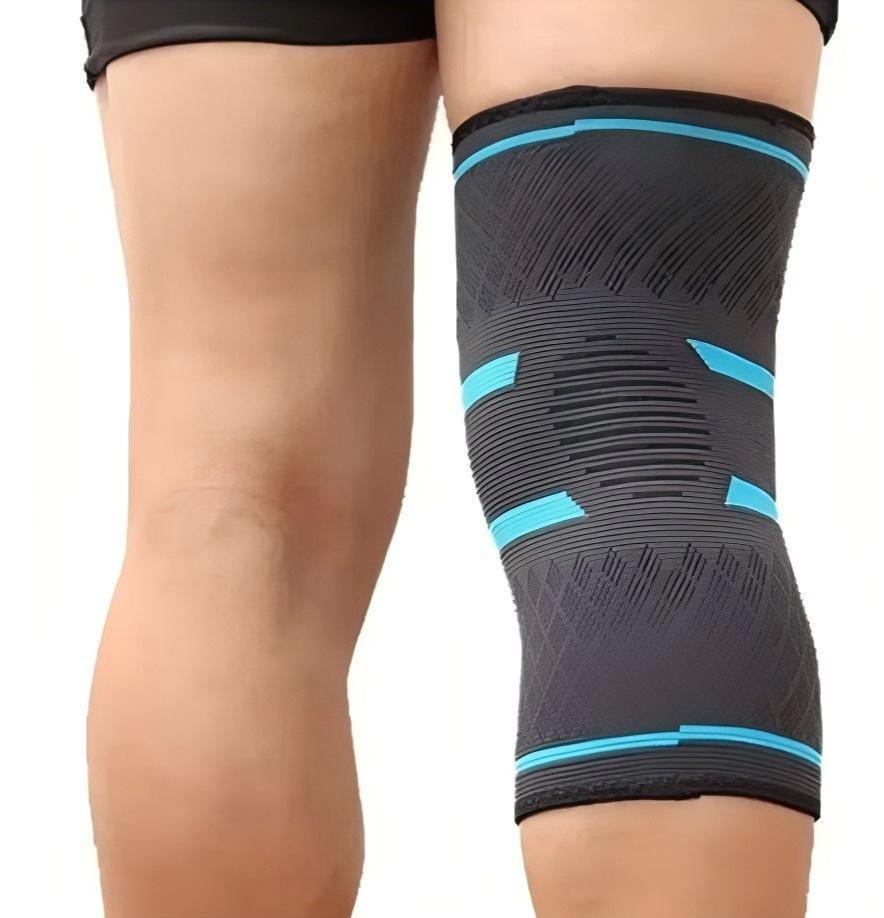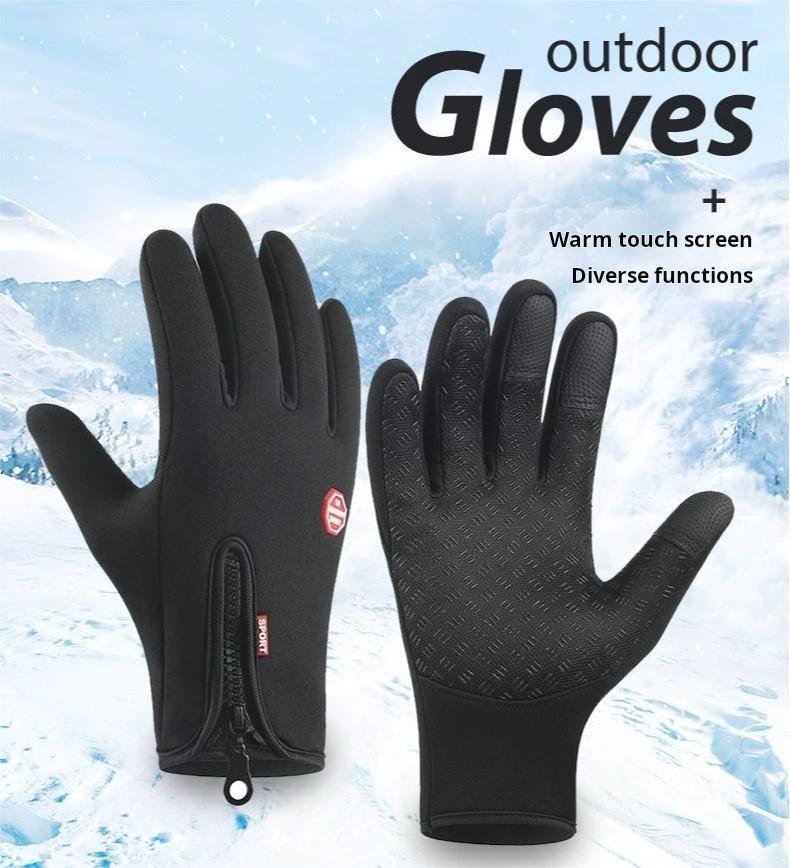
Bereit für den Marathon: Einfache Pläne + bahnbrechende Ausrüstung von BPRunning
Aktie
Denkst du über den Marathon nach? Dann mach es dir einfach. Wähle einen Plan, achte auf deine Ernährung, sorge für gute Regeneration – und rüste dich mit unseren Bestsellern aus, damit du dich vom ersten bis zum letzten Kilometer rundum wohlfühlst.





